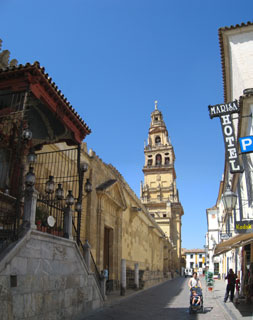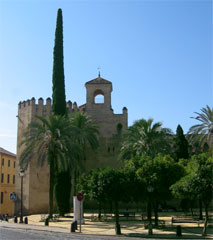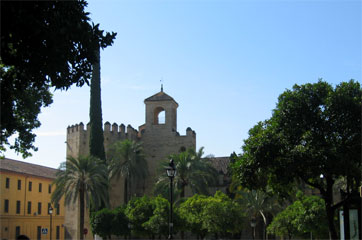
Following the advice we were provided from a few different sources, we decided to visit Córdoba on the way from Seville to Granada. We liked Córdoba, and while we could have stayed there overnight, enjoying the shopping, and visiting some of the bars, we felt it probably had the least to do in the evenings of any of the cities that we visited.

Like many places in Andalucia Spain, Córdoba has a fascinating history. It was founded around 150 BC, and it became the capital of what is now known as Andalucia province in Spain. At the time it was well known as a Roman cultural center.
Córdoba fell to Islamic invaders in the early 700's, and it soon became the Muslim capital in the Iberian Peninsua. For a while, Córdoba was the largest city in Europe, with a population between 100,000 to 500,000. It was the agriculture in the surrounding irrigated land, together with products of skilled artisans (leather, metalwork, textiles, etc ...) that helped the economy flourish. Córdoba was often visted by Jewish, Arab, and Christian scholars, as the places of education in Córdoba were first rate during the 10th century.
In the early 11th century, Córdoba fell into turmoil with armies from Chrisian Castille and Catalunya, and the Berbers terrorising and looting the city. Seville became the capital, although Córdoba retained its intellectual traditions.
When Castille's Fernado III took over Córdoba in 1236, much of the population fled and Córdoba went into decline for centuries, with this only being reversed in the late 19th century.
The Mezquita was the highlight of our Córdoba visit. It was founded in 785 on the site of what was once a Christian church, although in this case the Christian land may actually have been purchased by the Muslims, instead of the more traditional practise of merely taking the land! The Mezquita was extended in size in the 960s (to cater for Córdoba's expanding population). What is in place today is the building's final Islamic form, with the exception of a 16th-century Christian cathedral being built right in the middle!
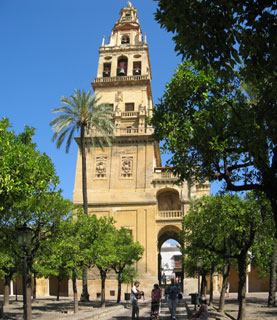
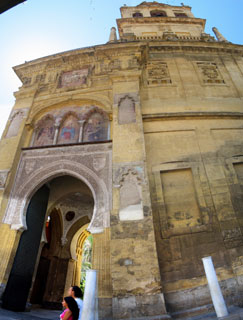
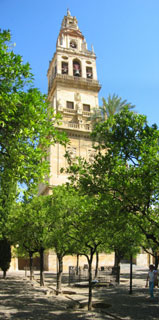
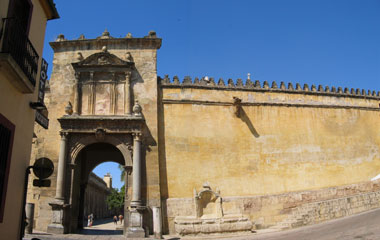
Major Christian alterations to the Mezquita resulted in it being very dark, as was evident during my visit. Tripods were not allowed and hence I needed to use photoshop to increase the brightness on many of the Mezquita images.


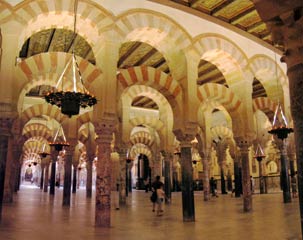
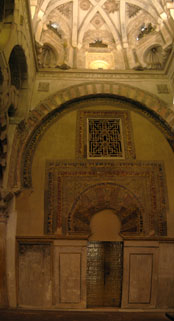
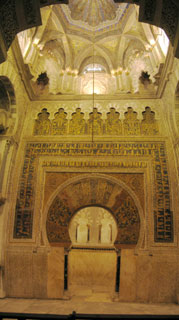
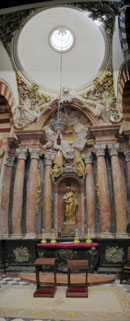
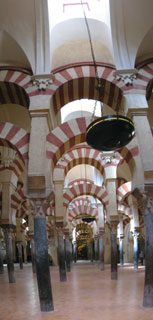
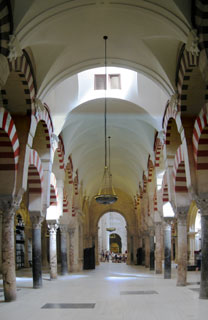
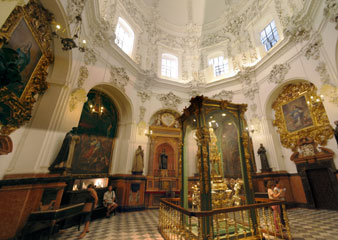
The old Jewish quarter in Córdoba extends west and north west from the Mezquita. It is an interesting maze of narrow streets and small squares, with various tourist shops.
